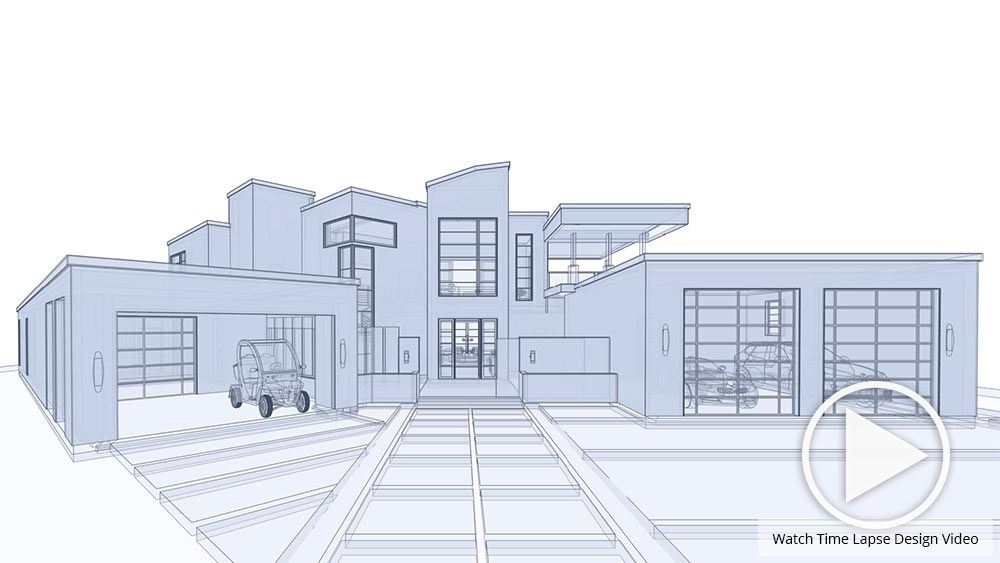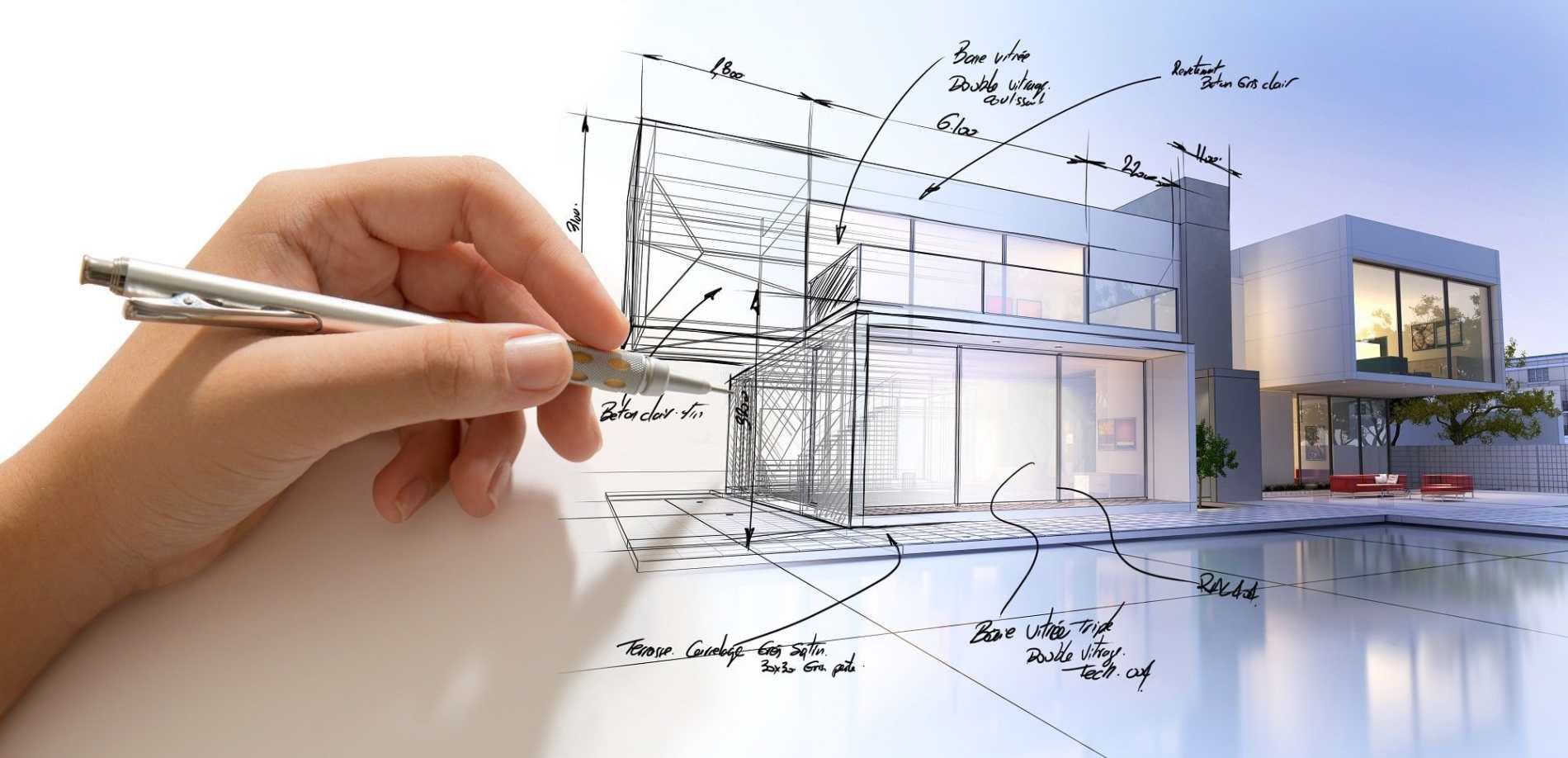The Important Role of a Designer in Forming Lasting Urban Atmospheres for Future Generations
The function of an engineer in crafting sustainable city environments is increasingly pivotal in reacting to the obstacles of environment modification and urbanization. By flawlessly incorporating ecological concepts right into their styles, engineers not only improve the aesthetic and functional high quality of city spaces but likewise address pressing issues such as energy effectiveness and social equity. Their knowledge in ingenious materials and neighborhood interaction shapes developments that reverberate with neighborhood worths and goals. Nevertheless, as we discover the intricacies of this field further, it ends up being obvious that the future of urban living may pivot on the actual practices architects use today.

Recognizing Sustainable Urban Layout
Sustainable city style integrates ecological concepts with urban preparation to create environments that are not just habitable yet additionally resilient. This approach emphasizes the significance of integrating natural systems right into the city fabric, guaranteeing that growth fulfills the needs of the here and now without endangering the capacity of future generations to meet their own needs. Secret elements of lasting urban layout include reliable land usage, the promotion of biodiversity, and the integration of eco-friendly areas, all of which add to enhanced lifestyle for homeowners.
Additionally, sustainable metropolitan style prioritizes the reduction of the metropolitan heat island effect, improved air quality, and efficient stormwater administration. It encourages the use of renewable sources and energy-efficient structure techniques, which substantially lower carbon footprints. Sustainable metropolitan layout fosters social equity by creating easily accessible public rooms and promoting mixed-use growths that cater to diverse populations.
With thoughtful preparation and cutting-edge style methods, lasting city settings can boost area resilience versus environment change while promoting financial growth. This holistic approach not just addresses immediate metropolitan obstacles yet likewise prepares for healthier, extra lasting cities for generations ahead.
Trick Duties of Designers
Designers play a crucial duty in shaping lasting metropolitan atmospheres by equating design concepts right into substantial frameworks and spaces. Their responsibilities encompass a variety of activities that add to the general success of city style tasks.
First and foremost, designers conduct detailed website analyses to understand the environmental, social, and cultural context of their tasks. This foundational expertise educates their style decisions, guaranteeing that structures integrate with their environments. cda architects. They likewise participate in collective processes with stakeholders, including city organizers, engineers, and the area, promoting an inclusive approach to metropolitan advancement
In addition, designers are tasked with developing styles that maximize energy efficiency, resource preservation, and functionality. They must abide by local zoning legislations, constructing codes, and sustainability qualifications, ensuring conformity while pushing the borders of innovation.
Furthermore, architects are liable for handling the design process, coordinating with different experts throughout the building phase to guarantee that the vision is realized accurately. Eventually, their function is not only about aesthetic appeals; it is about developing durable, flexible areas that improve the high quality of life for existing and future generations, laying the groundwork for sustainable metropolitan living.
Innovative Products and Techniques
In the quest of environmentally liable style, ingenious materials and techniques have actually arised as vital elements in the production of lasting city settings. Engineers are progressively making use of products that decrease ecological effect while improving energy performance. For instance, recycled products, such as redeemed wood and repurposed metals, not only minimize waste however also add unique visual high qualities to frameworks.
Furthermore, developments in technology have caused the development of high-performance products, such as protected concrete types (ICFs) and photovoltaic glass, which add to energy conservation and harness eco-friendly power. cda architects. Strategies such as passive solar design and green roofing systems additionally exhibit just how design can integrate with natural systems, reducing dependence on fabricated cooling and heating
Additionally, the combination of smart materials, which adjust to ecological adjustments, provides promising avenues for enhancing structure efficiency. These materials can react to temperature fluctuations or wetness degrees, optimizing convenience and sustainability.
Ultimately, the calculated option and application of ingenious products and strategies equip architects to develop urban areas that are not just practical and aesthetically pleasing yet likewise resistant and environmentally accountable, making sure a lasting future for generations to come.

Community Engagement and Collaboration
The success of innovative materials and methods in sustainable metropolitan design is dramatically boosted by energetic area involvement and cooperation. Engineers must recognize that the built environment greatly influences the lives of neighborhood homeowners, making it vital to include them in the style process. Engaging the area cultivates a feeling of ownership and liability, making sure that advancements not only meet aesthetic and useful demands yet additionally show the values and aspirations of those that occupy them.
Partnership with diverse stakeholders-- consisting of city governments, environmental groups, and citizens-- allows engineers to gather useful insights and comments. This inclusive approach can these details cause even more lasting services that resolve certain neighborhood challenges, such as ease of access, eco-friendly rooms, and power efficiency. Furthermore, by helping with workshops and public discussion forums, designers can grow dialogue and understanding, which ultimately improves the design process.
Effective area involvement also aids in prioritizing social equity within urban growth. By considering the voices of marginalized populations, engineers can develop areas that are inclusive and equitable. In this means, area interaction and cooperation come to be indispensable to accomplishing genuinely sustainable metropolitan environments that serve the requirements of existing and future generations.
Future Patterns in Sustainable Style

Furthermore, improvements in innovation are forming future fads in lasting style. The integration of clever materials and structure systems permits for real-time energy monitoring, improving effectiveness and lowering carbon footprints. Advancements such as environment-friendly roofs, living walls, and energy-generating exteriors are ending up being basic click for info methods, better promoting environmental balance within urban settings.
In addition, a shift in the direction of biophilic layout is gaining traction, emphasizing the link in between nature Get More Info and human wellness. By incorporating natural environments, engineers develop rooms that cultivate mental wellness while advertising biodiversity.
Conclusion
To conclude, engineers are crucial in progressing lasting metropolitan settings through their expertise in design, cutting-edge products, and community engagement. By prioritizing energy performance and source conservation, these experts contribute to the production of durable city areas that fulfill the demands of present and future generations. The integration of ecological principles not just boosts livability yet also fosters social equity, making certain advancements reverberate with the worths and ambitions of the areas they serve.